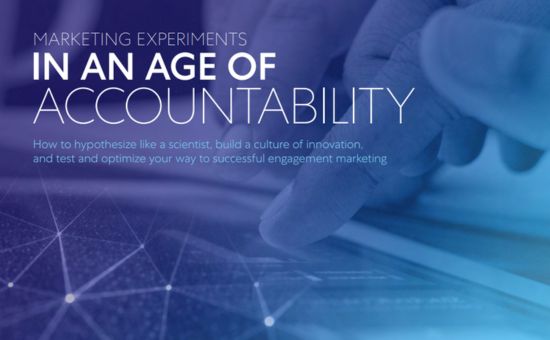How to Effectively Measure the ROI of Sponsorships | Brandwatch
Digital Marketing
Introduction
Sponsorship deals, especially those involving significant investments, come with high stakes. However, tracking the return on investment (ROI) can be complex.
This guide offers practical strategies to optimize your sponsorship spending and accurately measure the impact of your campaigns.
We’ve divided the guide into three sections: the research phase, the measurement phase, and the post-sponsorship period. We’ll draw examples from various industries and brands to illustrate each point.
Let’s begin.
Phase 1: Research
When researching a sponsorship opportunity, start by defining your goals and the questions that need to be answered to determine if those goals are achievable.
If your objective is to introduce your brand to a new audience, you should evaluate how well your target audience aligns with that of the event or celebrity you’re considering for sponsorship. If you aim to engage existing customers, understand the platforms they frequent and the influencers they trust.
Finding the Right Fit for Your Target Audience:
Start by determining which sponsorship best suits your target audience. Analyze the overlap between your potential sponsorship’s audience and the audience you want to reach. For instance, does the audience of an event, influencer, or celebrity align with your target market?
A market research tool, like Brandwatch, can help you identify these overlaps by creating unique audience panels and quickly gaining insights into what—and who—your target audience is discussing.
Selecting the Right Event:
Traditional sponsorship locations may not always be the most effective in today’s social media-driven world. For example, banners at a baseball game that receive little TV airtime might gain more value if a celebrity posts an Instagram selfie with them in the background.
Influencers can bring fresh and engaging perspectives to events. A simple post about a baseball game, behind-the-scenes moments at a fashion show, or even an unexpected incident in front of your brand’s banner could attract new attention to your logo or message.
When evaluating potential event sponsorships, it’s crucial to consider multiple data sources. For example, while TV ratings might suggest that award shows aren’t worth the investment, social media mentions and streaming views can reveal otherwise. Take the 2024 Oscars, which garnered over 1.9 million online mentions—an 18% increase from 2023.
Blending different data sets provides a more comprehensive and nuanced understanding of your sponsorship opportunities.
Choosing the Right Person:
As mentioned earlier, finding a spokesperson who resonates with your target audience is critical when exploring sponsorship options.
Tools like Influence can assist in identifying potential influencers and ambassadors who align with your criteria.

By ensuring that your chosen influencer’s followers match your target market, you can maximize the likelihood of your brand being seen by a receptive audience.
It’s also essential to ensure that your values align with the person you choose to sponsor. This alignment helps maintain authenticity and build brand trust, making the partnership more cohesive and potentially long-lasting.
A thorough vetting process is crucial for any brand ambassador. Monitoring news coverage and historical social media activity can help you identify any potential issues before they arise. Are they publicly aligned with a competitor? Do they use language that could offend your audience? Have they been involved in any scandals related to your industry?
The Benefits of Reactive Marketing in Sponsorships:
Today’s social media environment enables a new type of sponsorship: reactive marketing. Anything can go viral, and your brand might unexpectedly become part of a trending TikTok video, Reddit thread, or Instagram post.
For instance, your restaurant could feature in a trending video, or someone might share a humorous image with your product in the background. Your brand can capitalize on these moments by sponsoring the individuals or events after they’ve gained traction.
A great example is Ocean Spray, which successfully sponsored a viral video of someone skateboarding while drinking their product. The brand quickly responded by gifting the TikToker a truck filled with Ocean Spray. Although the sponsorship was relatively small, it generated significant engagement, and fans appreciated Ocean Spray’s timely response.

By applying these tips, you can identify which sponsorship opportunities are most suitable for your brand—whether planned or spontaneous. Now, let’s explore how to effectively monitor its performance.
Continue reading and unlock expert tips and access the comprehensive sponsorship ROI guide.
Related guide: Quick Guide: How to find and locate the right influencers for your brand | Influencity
- Introduction
- Phase 1: Research
- The benefits of reactive marketing in sponsorships
- Phase 2: During the sponsorship
- Bringing data sources together
- Phase 3: Post-sponsorship
- Determining ROI
- Bringing it all together
- Find out more
Pricing:
- Free






